My Take
SOURCE: ARITRA BANERJEE / FOR MY TAKE / IDRW.ORG


The Russia-Ukraine conflict has highlighted how modern warfare is rapidly evolving, with an increased reliance on aerial threats such as drones, swarm attacks, attack helicopters, and precision-guided munitions. The destruction of armored vehicles, including tanks, by kamikaze drones and other aerial platforms has reinforced the importance of having a robust mobile air defence system to protect mechanised forces on the battlefield.
For India, these lessons are particularly relevant. The Galwan clash in 2020 highlights the importance of rapid troop mobilisation, leading to the introduction of high-mobility vehicles for infantry along the northern borders. At the same time, there has been a steady increase in mechanised assets along both the northern and western borders to address emerging security challenges. However, to ensure comprehensive battlefield protection, these mechanised formations require proportionate air defence cover that can move alongside them and respond to evolving aerial threats.
Continue readingSOURCE: ARITRA BANERJEE / FOR MY TAKE / IDRW.ORG
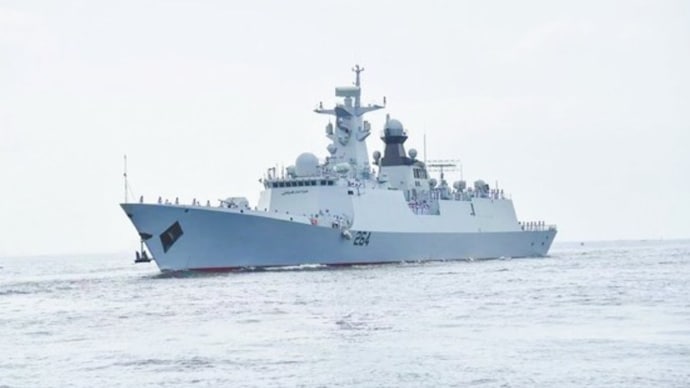

Amid economic turbulence and social unrest, Pakistan is set to host the AMAN-25 naval exercise, a biennial event aimed at showcasing maritime diplomacy. While Islamabad highlights Gwadar—an emblematic project of the China-Pakistan Economic Corridor (CPEC)—as central to its economic and strategic aspirations, the scale of international participation in AMAN-25 remains unclear.
Both initiatives, however, emphasise a broader paradox: a nation striving to project strength outward while contending with deep-seated internal challenges. Both initiatives reflect Pakistan’s aspirations to claim leadership in the Indian Ocean Region (IOR) and establish itself as a significant maritime power. However, their execution reveals deeper structural challenges, including economic dependency on China, domestic unrest, and an inability to balance grand ambitions with pressing domestic needs.
Continue readingSOURCE: DINESH BEHARA / FOR MY TAKE / IDRW.ORG


In 2017 Indian Navy issued an RFI for 111 Naval Utility Helicopters (NUH) to replace ageing license-built Alouette III /Chetak helicopters. The RFI stipulated that the helicopter should be in the category of 5 tons and should be able to carry out operations such as Search and Rescue (SAR), Medical Evacuation (MEDEVAC), Communication Duties, Anti-Piracy and Anti-terrorism, Humanitarian Assistance, and Disaster Relief (HADR) and Surveillance and Targeting in both day and night. [1]
The Navy was looking for a utility helicopter with limited sub-surface targeting carrying at least one torpedo and capable of undertaking the operations both from ships and shores.[1]
Continue readingSOURCE: RAJESH AHUJA / FOR MY TAKE / IDRW.ORG


In an era marked by escalating maritime tensions and the rapid expansion of China’s naval capabilities, the need for enhanced naval power and cooperation among like-minded nations has never been more pressing. A strategic proposal should be that Four nations come together for a collaborative effort between India, France, Japan, and South Korea to build a fleet of advanced aircraft carriers. some for the arguments for the Quad Carrier Cooperation is that.
China’s rapid naval expansion and future ambitions, including the development of larger aircraft carriers and advanced technologies like EMALS, pose a significant challenge to regional security. To maintain a strategic balance, India, France, Japan, and South Korea will need more and larger aircraft carriers equipped with cutting-edge technologies. The collaborative construction of these carriers is aimed at ensuring that the participating nations can effectively counter China’s growing naval capabilities.
Continue readingSOURCE: SATYAJEET KUMAR/ FOR MY TAKE / IDRW.ORG
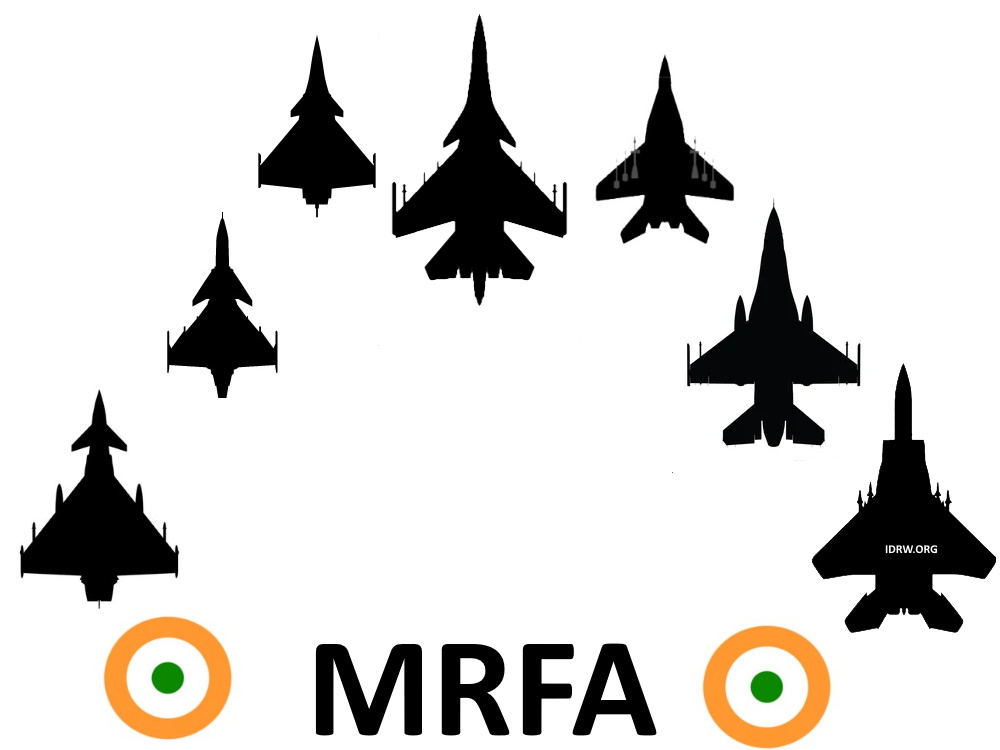

The Indian Air Force (IAF) has long faced the challenge of modernizing its fighter fleet to maintain operational readiness and ensure national security. The Multi-Role Fighter Aircraft (MRFA) tender, aimed at procuring 114 jets, has been a protracted and complex process, fraught with delays and bureaucratic hurdles. As Prime Minister Narendra Modi embarks on his third term, there is a critical opportunity to finally resolve this issue and enhance the IAF’s capabilities.
One of the primary reasons for the delay in the MRFA tender has been the cumbersome and bureaucratic procurement process. Simplifying and streamlining this process is essential. This can be achieved by setting clear timelines, reducing redundant procedures, and ensuring that decision-making authority is centralized to avoid unnecessary delays. A dedicated task force could be established to oversee the MRFA tender, ensuring accountability and swift resolution of issues that can be completed in next 2 years.
Continue readingSOURCE: DEEPAK HILORI/ FOR MY TAKE / IDRW.ORG
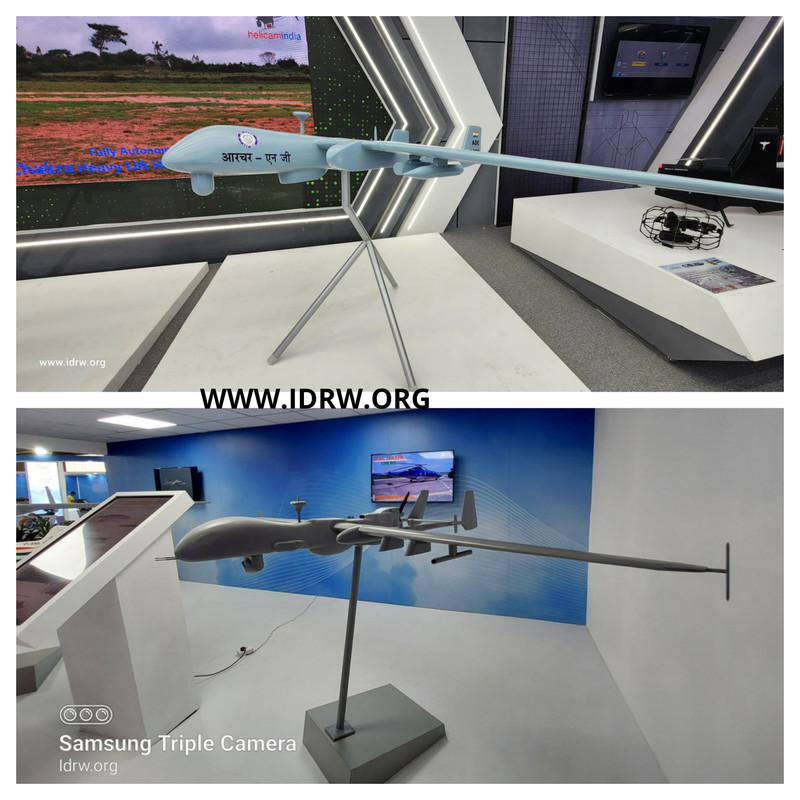

India’s quest for self-reliance in defense has reached a crucial juncture. The Medium Altitude Long Endurance (MALE) UAV program, specifically the Archer and Tapas projects, has seen delays. To bridge this gap and expedite MALE UAV development, the Defence Research and Development Organisation (DRDO) should consider transferring its technology (ToT) to qualified Indian private sector companies.
Private companies bring agility and a market-driven approach. DRDO’s expertise lies in fundamental research. Sharing knowledge allows private firms to leverage existing technology, accelerating the MALE UAV development cycle.
Continue readingSOURCE: SATYAJEET KUMAR/ FOR MY TAKE / IDRW.ORG


As Prime Minister Narendra Modi’s tenure marks a decade in power, one glaring failure stands out—the inability to finalize the Multi-Role Medium Range Fighter Aircraft (MMRFA) deal for the Indian Air Force (IAF). Despite repeated assurances and pledges to strengthen India’s defense capabilities, the prolonged delay in acquiring much-needed fighter jets has left the IAF in a precarious position, grappling with operational challenges and strategic vulnerabilities.
The MMRFA deal, aimed at procuring 114 fighter jets to bolster the IAF’s fleet, has been mired in controversy and bureaucratic hurdles, with the Rafale row casting a long shadow over the procurement process. The Rafale controversy, stemming from allegations of irregularities and favoritism in the acquisition of 36 Rafale fighter jets from France, has further complicated efforts to finalize the larger MMRFA deal, exacerbating delays and uncertainty.
Continue readingSOURCE: DINESH BEHARA / FOR MY TAKE / IDRW.ORG


In an ever-changing landscape of global politics, the shifting strategies and alliances of nations often leave observers bewildered about future outcomes. Look at the example of the Philippines’ contrasting foreign policy approaches under different administrations of Gloria Macapagal Arroyo to Benigno Aquino III to Rodrigo Duterte to Ferdinand Marcos Jr [1] or the example of fluctuating stances on international agreements like the JCPOA by Obama and Trump [2] , these examples highlight the volatility inherent in geopolitics.
In this article, let us shed light on some of the global leaders, who envisioned greater ties with India and were steadfast in their actions.
Continue readingSOURCE: DEEPAK HILORI/ FOR MY TAKE / IDRW.ORG
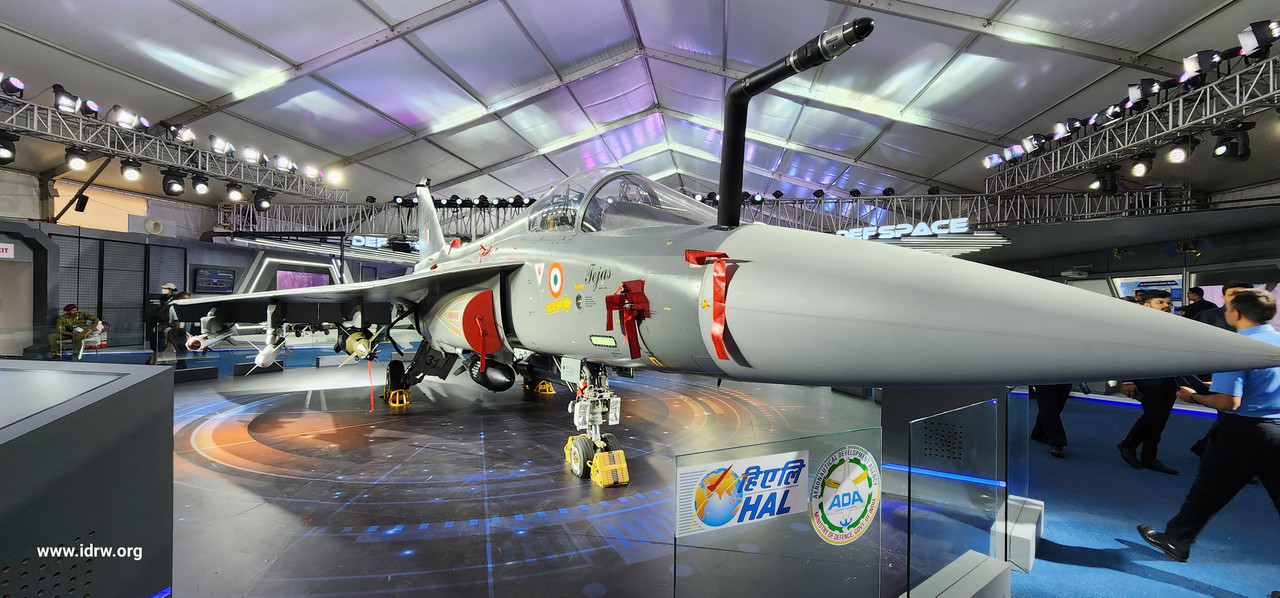

Hindustan Aeronautics Limited (HAL) seems poised to miss the March 31st deadline for delivering the first Tejas Mk-1A fighter jet to the Indian Air Force (IAF). This raises serious concerns about HAL’s ability to meet crucial deadlines and deliver on its promises. First Tejas Mk1A took off right before March deadline but as per latest media reports it will not be ready for handover for next few months before it is handed over to IAF.
The Mk-1A is a significant upgrade, boasting new systems, software, and weaponry. While the complexity justifies a thorough certification process involving multiple agencies, the missed deadline is a bitter pill to swallow, especially since it comes with a potential financial penalty for HAL.
Continue readingSOURCE: DEEPAK HILORI/ FOR MY TAKE / IDRW.ORG
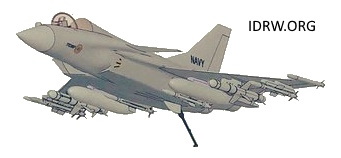

The recent approval by the Cabinet Committee on Security (CCS) for the development of the Advanced Medium Combat Aircraft (AMCA) marks a significant milestone in India’s quest for self-reliance in fighter jet technology. However, the high cost of the AMCA program, coupled with the uncertainties surrounding the TEDBF program for the Navy, raises questions about India’s overall fighter jet development strategy.
With a budget of ?15,000 crore, the AMCA program aims to develop a fifth-generation fighter jet for the Indian Air Force (IAF). The IAF has already committed to procuring 120 AMCA jets in both MkI and MkII variants, reflecting its confidence in the project’s potential.
Continue readingSOURCE: RAJESH AHUJA / FOR MY TAKE / IDRW.ORG
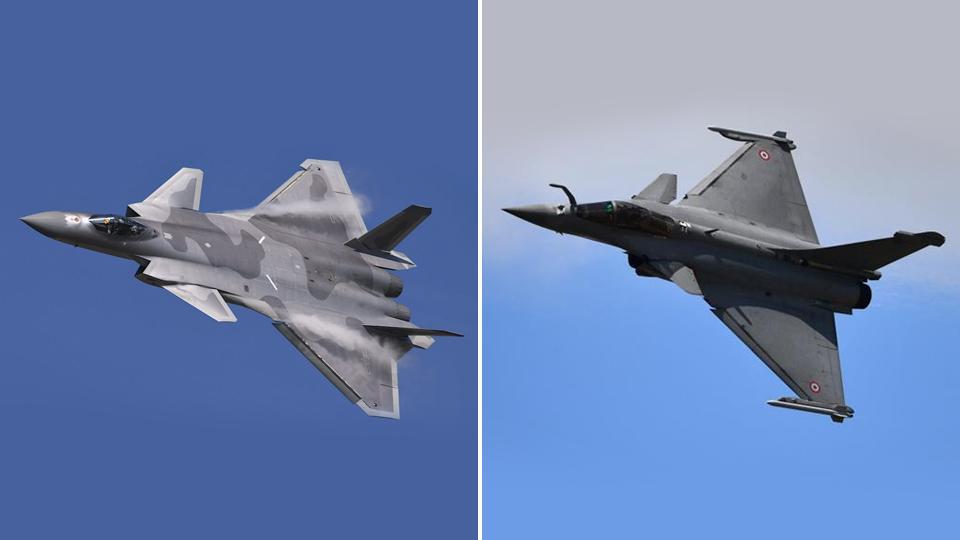

The potential clash between India’s Rafale fighter jets and China’s J-20s is a topic of intense discussion. While some Indian Air Force (IAF) veterans believe 36 Rafales could overpower 200+ J-20s, the reality is more nuanced. The Rafale does boast of extensive combat experience in Afghanistan, Libya, Mali, Iraq, and Syria. But will this experience translates to pilot proficiency and battle-tested tactics in still questionable.
The J-20, China’s answer to fifth-generation fighter jets, boasts of stealth capabilities and advanced technology. However, its actual combat performance remains untested, raising questions about its true effectiveness. While not officially a 5th generation fighter, the Rafale incorporates many features of this class, including superior avionics, a highly capable radar system, and a wide range of weaponry.
Continue reading